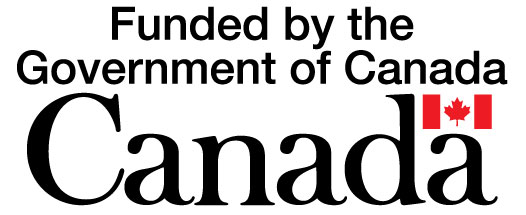Current Temperature
-1.0°C
Removing interprovincial trade barriers is more political theatre than economic action
Posted on July 18, 2025 by adminThe Trump administration’s tariff war on the world economy has highlighted a long-standing tension in Canadian federalism: so-called interprovincial trade barriers. Federal and provincial politicians claim these barriers cost the Canadian economy hundreds of billions of dollars in lost activity each year.
In reality, the cost of interprovincial trade barriers has been vastly overstated, as virtually all goods, services and investments flow freely across provincial borders already. In fact, this is already codified in the 2017 Canadian Free Trade Agreement (CFTA).
The CFTA contains general exceptions for some areas of public policy, such as social services (if they are maintained by the state for a public purpose), water (in its natural state), and language and culture, but most of these exceptions do not affect interprovincial trade.
In addition, governments in Canada wishing to preserve policy decision-making in sensitive sectors, such as forestry, mining, energy and fisheries, may do so by listing specific exceptions to the CFTA’s trade rules. Until recently, the federal government claimed its exceptions for fisheries policy, maritime transportation, offshore oil and gas projects, and passenger rail services were “essential for supporting Canadian interests.”
Then on June 30, the federal government ditched all of its remaining CFTA exceptions, following Ontario’s lead. It’s not clear what the long-term consequences will be of these careless moves, including possible trade challenges from abroad, but they are unlikely to promote economic growth. If anything, these moves merely prioritize business interests over worker or environmental protections or any other social priorities.
By dropping regulatory capacity in the name of reducing trade barriers, governments are giving more power to corporations, a move that could set in motion a “race to the bottom” by dropping safety standards that protect workers.
Without a responsible national standard and a right of provincial governments to set stronger public-interest regulations, worker, public and environmental protections could easily be compromised.
Canadian governments should instead hold onto the policy-making autonomy they have left under existing restrictive trade agreements and embrace regulatory leadership rather than a regulatory race to the bottom. Ontario’s relatively stronger rules on pesticide use in agriculture, B.C.’s responsible rethink on open net-pen fish farms and Quebec’s strong environmental assessment process for major projects are all good examples of precautionary legislation whose marginally detrimental trade impacts we can easily live with.
Provincial governments could score political points by making Canadian wine, beer and alcohol more easily accessible across the country. A responsible plan for setting high national standards for freight trucks and the drivers who pilot them could potentially lower the cost of moving goods from west to east and vice versa.
The proposal from Premiers Doug Ford and Danielle Smith this week to buy Canadian-made vehicles to replace government fleets was a good one. This positive, engaged interprovincial cooperation will deliver far more gains for Canadian workers than removing CFTA exceptions or pursuing careless mutual recognition agreements.
However, by and large, the new internal trade agenda does little to compensate for major economic losses resulting from the Trump tariffs. That is the quiet truth behind the overblown promises about “liberalized” interprovincial trade.
While any economic benefits of the new “free” trade between provinces and territories are minimal, they have a real cost: to leave both federal and provincial governments with fewer tools to navigate the economic and environmental uncertainty ahead.
Marc Lee is a senior economist and Stuart Trew is a senior researcher and director of the Trade and Research Project with the Canadian Centre for Policy Alternatives.
© Troy Media
Leave a Reply
You must be logged in to post a comment.

